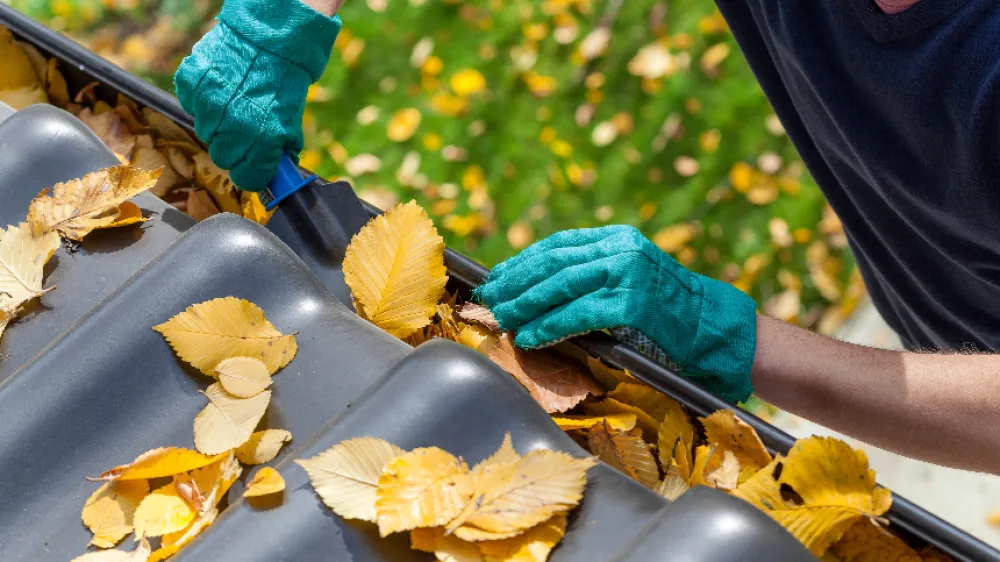Providing your location allows us to show you nearby locations and doctors.
6 ways to prevent falls — and when to get emergency care for a head injury

09/12/2023
Learn how you can reduce your risk of fall-related injury at any age, and what “red flag” signs require a visit to the emergency department
By Paul Wright, MD, Senior Vice President and System Chair of the Nuvance Health Neuroscience Institute
Falls are the number one cause of injuries and death from injury among older Americans. Although fall prevention is critical for older adults, it is also important for younger adults and kids. No matter your age, falls can cause broken bones, cuts, bruises and even serious head injuries — including concussions or traumatic brain injuries that require immediate care. Falls can mean the end of independence for some people, resulting in disabling injuries that require in-home personal care or moving to an assisted living facility.
Here are six ways to prevent falls. If you do fall, learn the warning signs of a head injury to know when to go to the emergency department.
Related article: A bump on the head or a concussion? How to tell the difference.
How you can prevent falls
1: Practice safe storage.
Standing on chairs or stepladders while reaching overhead can increase your risk of losing your balance, slipping or tripping. So instead of storing items — particularly ones you use frequently — on high shelves, consider moving them lower, so they are easy to reach. In addition, moving occasionally used items, such as air conditioners or holiday decorations, to a spare room or closet can help you avoid the use of attic ladders, basement stairs or storage lofts in garages.
Related story: Man survives traumatic brain injury after falling from a ladder
2: Wear proper footwear.
Proper footwear is essential for avoiding falls. Wearing supportive shoes with non-skid soles can help you stay safe outside and indoors. High heels, flimsy flip-flops and slippery-soled shoes can increase fall risk.
3: Watch slippery surfaces.
Although an icy winter sidewalk or driveway is an obvious slipping hazard, you should also pay attention to other fall-inducing surfaces, such as damp grass or leaves and wet bathroom, kitchen or garage floors. Also, consider installing grab bars, a shower chair or non-slip floor decals in the tub or shower.
4: Remove tripping hazards.
Rugs, cords, furniture, pets and clutter can all increase your fall risk. Secure all rugs and cords and make sure walking paths are free of furniture and clutter. Try to prevent pets from getting underfoot while you are cleaning, cooking, using stairs and carrying things.
5: Hire professionals.
Hiring professionals to perform high-up home maintenance tasks, such as cleaning gutters, painting or repairing the roof can help reduce your fall risk. Professionals know how to take precautions and use equipment to keep themselves safe.
6: Ask for help.
As people age, their balance, coordination, eyesight and strength can decrease — which can increase fall risk. If the shelf is too high, the item is too heavy, or you feel dizzy, unstable or unsafe, asking for help could potentially save you from sustaining a serious fall-related injury.
Know when to go to the emergency department after a fall
Accidents may still happen despite taking steps to prevent falls. You can usually monitor and treat minor bruises at home. For less severe injuries and symptoms, you can visit your primary care provider or go to urgent care. Broken bones, large, deep cuts and head injuries require emergency care.
Related content: Should you go to the emergency department for a headache or migraine?
After a fall, keep an eye out for “red flag” symptoms that warrant emergency evaluation for a head injury. If you take a medication that thins your blood, get checked by a doctor after a fall even if you do not have any physical symptoms. Blood thinners increase your risk for internal bleeding.
Here are the warning signs of a head injury:
- One pupil is larger than the other
- Drowsiness or an inability to wake up
- Headache that gets worse, is severe or does not go away
- Slurred speech
- Weakness, numbness or decreased coordination
- Repeated vomiting or prolonged nausea
- Convulsions or seizures
- Unusual behavior or mood/personality changes, such as confusion, restlessness or agitation
- Loss of consciousness — even briefly
Related story: Two-year-old narrowly survives emergency brain surgery during COVID-19 pandemic
If you experience any symptoms of a serious head injury, dial 911 or visit the emergency department. Nuvance Health emergency departments have neurologists and neurosurgeons available 24/7 who are equipped to provide emergency concussion and traumatic brain injury care.
Learn more about Nuvance Health neurology and neurosurgery care.
The bottom line: Taking steps to prevent falls can reduce your risk of serious injury. If a fall occurs, it is important to watch for signs of head injury and seek emergency care if you experience any “red flag” head injury symptoms, broken bones or large, deep cuts.